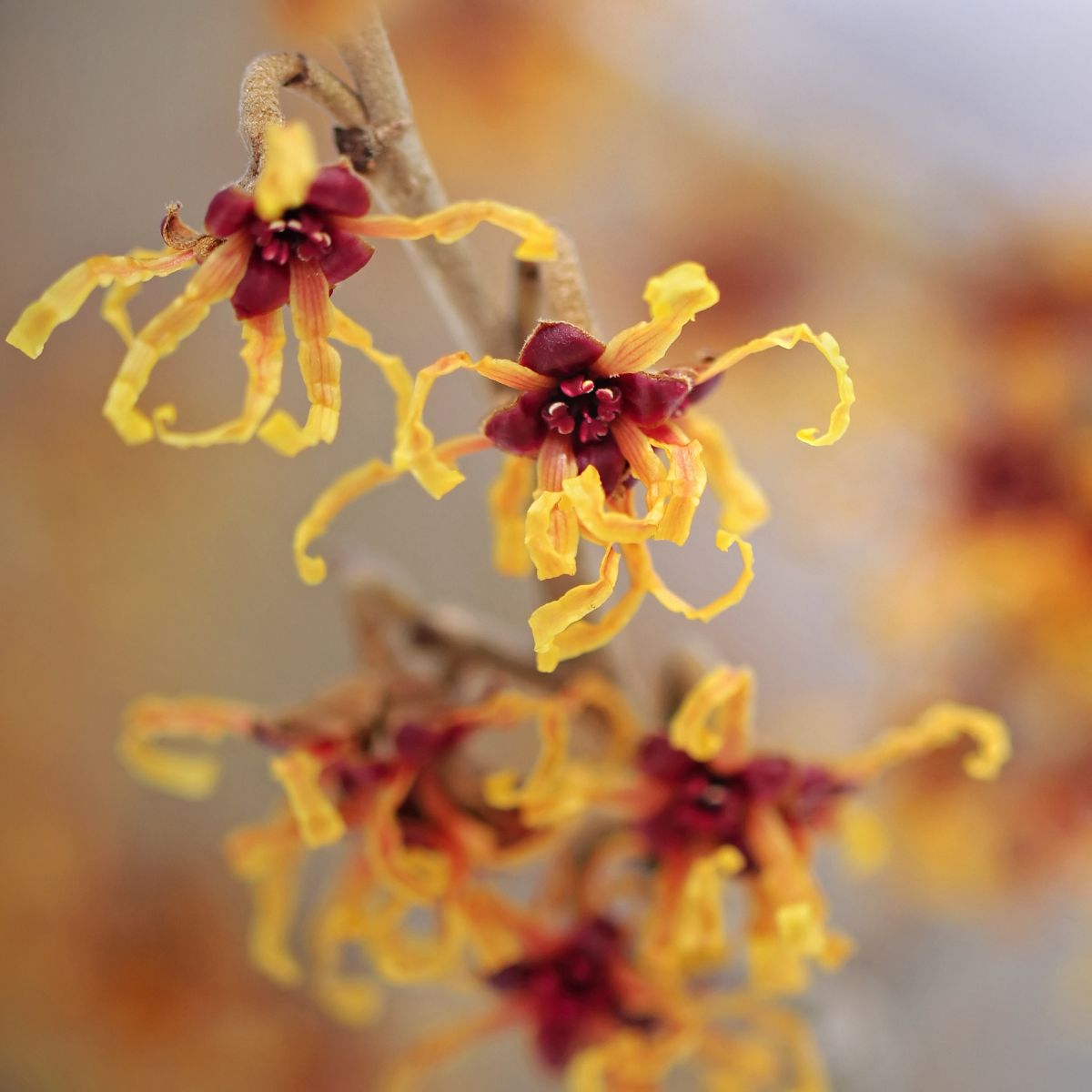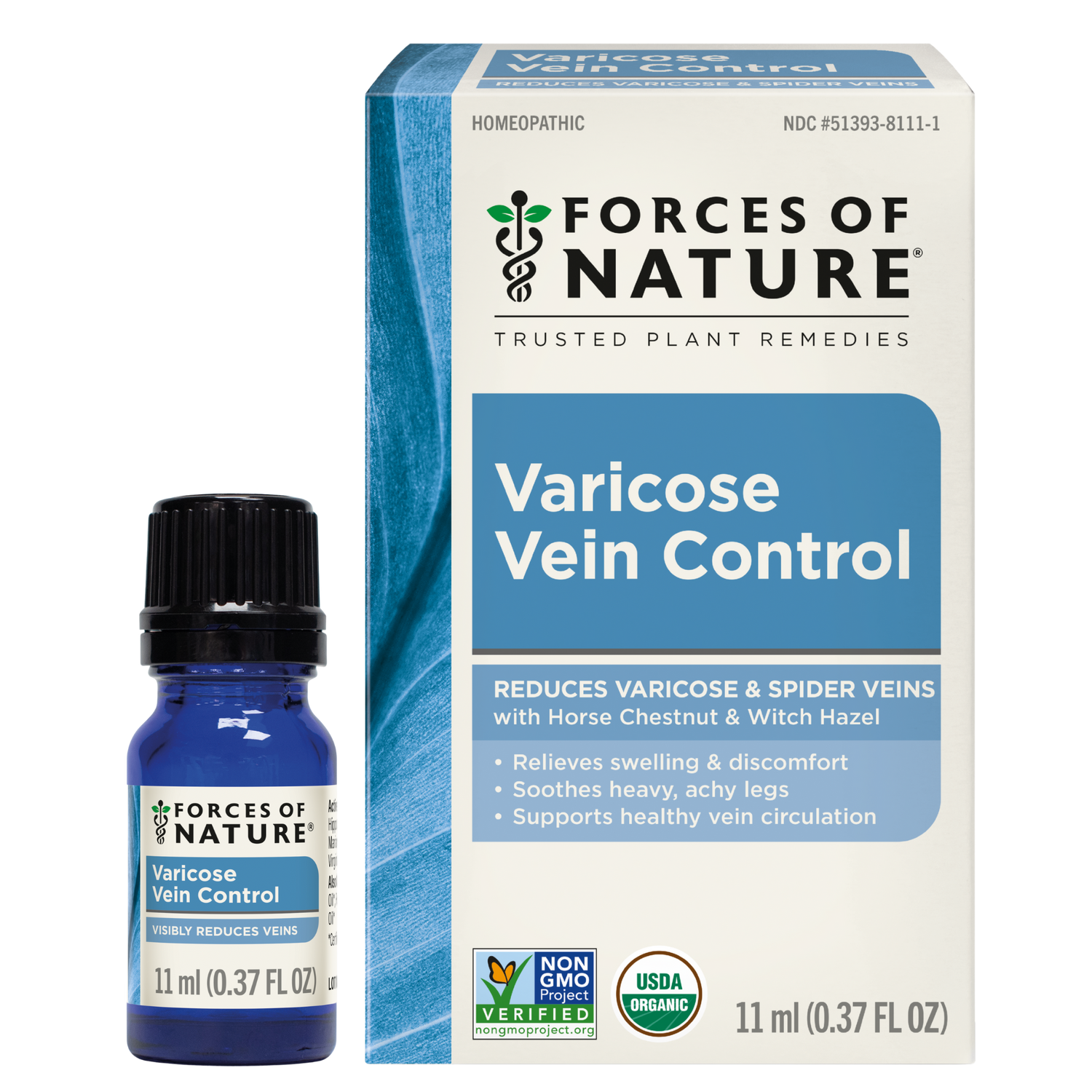

10% OFF Your First Order
Free USPS Ground Shipping on $49+ (Excl AK, HI)
Customizable Subscription Options!
90-Day Money-Back Guarantee
$6 Flat Rate USPS Ground Shipping

COMMON NAME
Witch-hazel, common witch-hazel, American witch-hazel and beadwood
FAMILY NAME
Witch-hazels
ACTIONS
Witch hazel is an astringent and anti-inflammatory.

Been dealing with the issue for some time. After only being prescribed steroids that weren’t working I decided to try your products. I’ve been using the Hemorrhoid and Fissure and from the 2nd use I could feel the pain subsiding and a big notice in healing. Thank You for such wonderful products.

Never had a fissure before used prep h with lidocaine, wipes multiple baths nothing really working got this stuff by day 3 started to heal. I recommend the 30ml so you don’t risk running out. Pretty fast shipping going to try the eczema one for my daughter during the summer flare ups that impressed with the brand

Saw results immediately. Maybe a within a week. Saw a bulging vein getting small and it's not as painful in my legs anymore. My spider veins are also getting lighter..
Your cart is currently empty.
Not sure where to start?
Try these collections:
